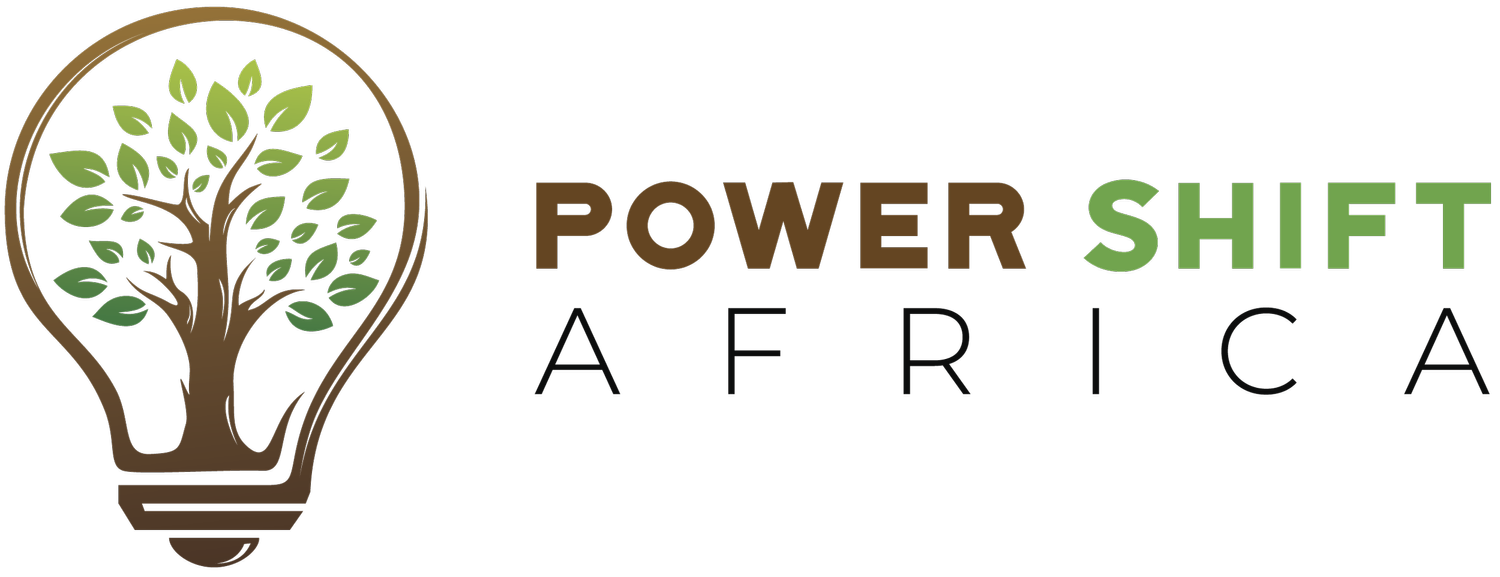EUROPE’S GREEN WALL: WHY THE EU’S CBAM COULD STIFLE AFRICA’S INDUSTRIAL FUTURE
Shipping containers awaiting transport to next location.
The EU’s Carbon Border Adjustment Mechanism (CBAM) claims to fight climate change by pricing carbon at the border, but for Africa, it looks less like climate cooperation and more like economic coercion dressed in green
When the European Union unveiled its Carbon Border Adjustment Mechanism (CBAM), Brussels sold it as a neat fix to an inconvenient truth: carbon leakage. If European firms are paying for their emissions under the EU Emissions Trading System, then imports of high-carbon goods like cement, aluminium, steel, fertiliser, electricity, hydrogen should face the same cost, they said. Level the field, they said. Internalise the carbon cost, they said.
It sounds fair. But fairness, in global trade, is often a matter of perspective. Look at CBAM through African eyes and a different picture emerges, and it is one of unilateral trade diktats, punitive costs, and a climate policy that risks deepening, not narrowing, global inequities.
At its core, CBAM is a “green tariff”, a carbon toll gate applied to imports entering the EU. Importers must buy CBAM certificates matching the carbon emitted in the production of those goods unless their home country already levies a comparable carbon price. The scheme entered its trial phase in October 2023, with full enforcement due in 2026. On paper, it’s about accountability, but in practice it’s Europe writing its own climate rulebook and handing everyone else the bill.
African economies are among the most exposed to this new regime. Many are still industrialising, with exports concentrated in carbon-intensive sectors such as cement, steel, and aluminium, often powered by fossil-fuel grids or outdated machinery. As the London School of Economics notes, production in Africa tends to be more carbon-intensive than in developed economies, and the result is that African goods will attract steeper carbon tariffs, instantly eroding their competitiveness.
Analysts estimate that Africa’s GDP could contract by nearly one percent once CBAM bites. For economies already stretched by debt, energy insecurity, and the costs of climate adaptation, that does not look or sound good.
Proponents say CBAM prevents “carbon leakage”, but critics see it as climate colonialism by another name. It shifts Europe’s climate costs onto others without shared decision-making, financial support, or technological transfer. African nations are quick to remind Brussels that under Article 3.5 of the UN Framework Convention on Climate Change, climate measures must not become “arbitrary or unjustifiable discrimination or a disguised restriction on international trade.” CBAM, they argue, ticks all three boxes.
The EU insists it’s acting for the planet. But the planet doesn’t issue customs declarations. What CBAM does is make Africa’s exports pay for Europe’s decarbonisation, even though the continent contributes less than four percent of global emissions. There’s a cruel irony in that as those least responsible for the crisis are now paying for it, again.
CBAM’s compliance demands are formidable. Exporters must measure, report, and verify the carbon embedded in their goods, including indirect emissions from electricity used in production. For most African countries, where reliable emissions-tracking systems barely exist, this is a bureaucratic mountain with no equipment provided. Building such systems requires capital, data, and technology that many developing economies simply don’t have. The EU could have used CBAM revenues to fund decarbonisation assistance or capacity-building in affected countries. Instead, those funds will flow back into European coffers.
Also, we must ask a critical question: Who decides how the world decarbonises? The EU’s unilateral approach signals a worrying drift toward climate protectionism. African leaders aren’t rejecting climate ambition, but climate imposition. For them, the path to a low-carbon economy must respect national priorities, industrial development goals, and energy realities.
Also, Africa’s industrial ambitions hinge on value addition, processing raw materials at home rather than exporting them unrefined. CBAM risks entrenching the opposite as it punishes industries trying to scale up manufacturing just as they begin to grow. With few alternatives or buffers, many producers could be priced out of EU markets altogether.
Let’s consider, too, that the EU absorbs a quarter of Africa’s fertiliser exports. As CBAM expands to more sectors, nearly one-third of Africa’s export value could come under its scope. For a continent still grappling with underinvestment, that’s a major blow. Then there’s the symbolism. At a time when Africa needs vast amounts of climate finance to adapt and transition, the richest trading bloc is imposing new costs instead of offering support. It’s hard to talk about a “just transition” when one side writes the rules and the other pays for them.
There’s still time for course correction. A just and effective carbon border mechanism would be developed multilaterally under the WTO or UNFCCC, ensuring fairness and transparency; channel part of CBAM revenue into financing decarbonisation in developing countries; provide phased implementation, exemptions, or support for least-developed countries; help exporters build monitoring and reporting systems rather than penalise them for lacking them; an recognise differentiated responsibilities, which is the cornerstone of climate justice.
If Europe truly wants to lead on climate, it must do so through cooperation, not coercion. Its CBAM could have been a blueprint for shared climate responsibility, but instead, in its current form, it risks becoming a green fortress walling off Europe from the messy realities of global inequality.

